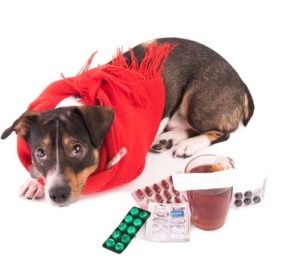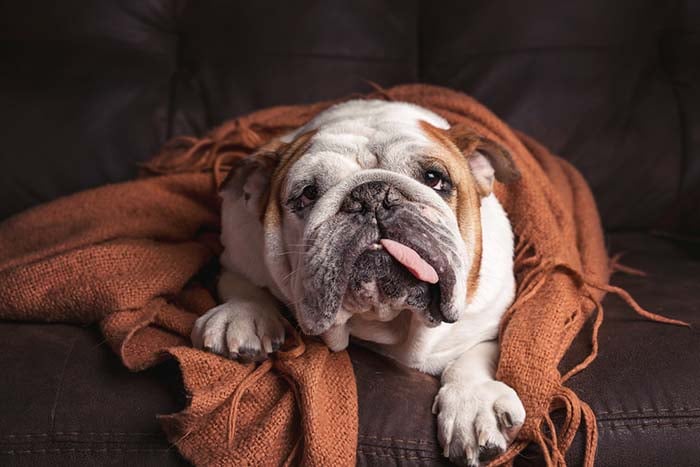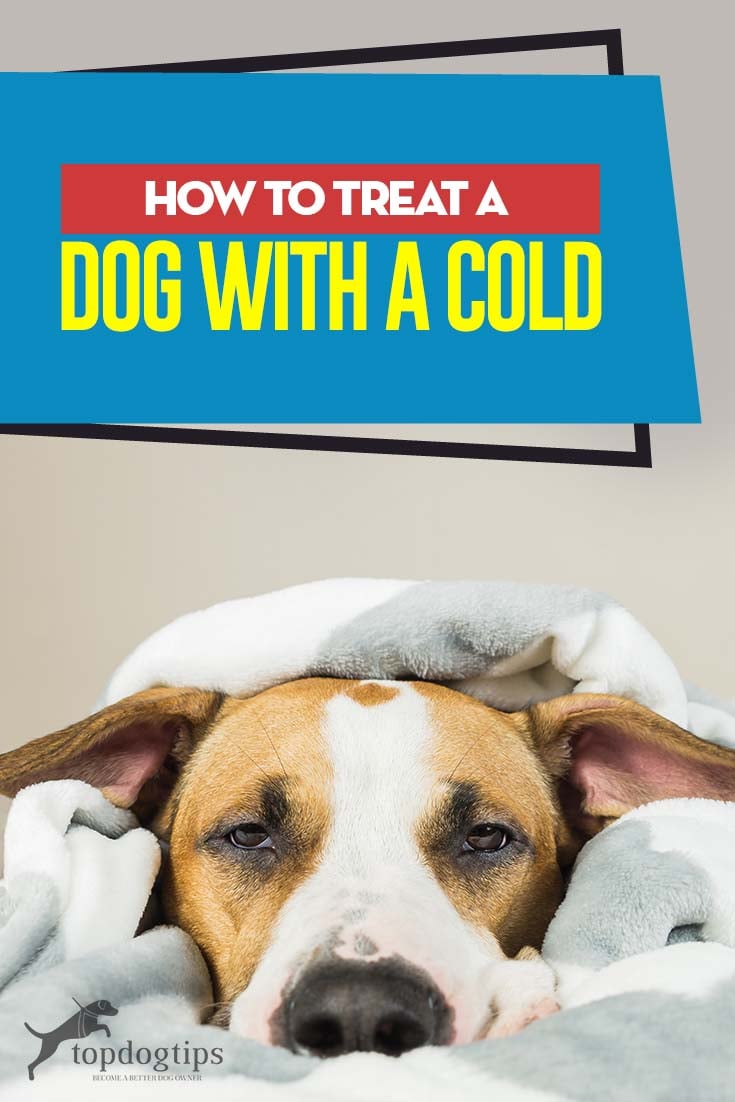Every year millions of cases of the common cold are recorded in the United States, and that doesn't include all of the people that do not seek medical treatment for a cold. Most people wait for the virus to run its course, while treating the symptoms with over-the-counter remedies. Learning how to treat a dog with a cold is similar, but you can't use the same over-the-counter products.
Colds are caused by viruses. There are numerous strains of the virus, but the viruses that affect humans are not the same as the ones that affect dogs. To put it simply, your dog cannot catch a cold from you, and you cannot catch a cold from your dog.
While the viruses differ, the symptoms are very similar. The treatments are similar as well. Once you learn how to treat a dog with a cold, you will be able to notice the signs quickly and help your sick pooch as soon as possible.
How to Treat a Dog with a Cold
A canine cold is not typically a serious condition. You can help your pet deal with this condition and get over the cold faster without having to take him to the vet. If you're hoping to help your pet without the use of over-the-counter or prescription drugs, you can do that too!
Learning how to treat a dog with a cold is not difficult. For starters, you'll need to make sure that you keep him warm. You can do this by ensuring he has a comfortable dog bed to rest on and adding a blanket or bed heater if needed.
You also need to keep your dog dry. If he needs to go outside in rain or snow, outfit him with a dog jacket and/or booties. If your dog doesn't have outdoor clothing, just be sure to dry him off thoroughly when he comes in from outside (including his paws).
 While your dog is likely to be a bit lethargic when he's not feeling well, you will also want to try to limit his activity during this time. You can use a humidifier to help clear congestion and allow your dog to breathe easier.
While your dog is likely to be a bit lethargic when he's not feeling well, you will also want to try to limit his activity during this time. You can use a humidifier to help clear congestion and allow your dog to breathe easier.
You may notice some eye and nose discharge. A small amount of discharge is normal. When learning how to treat a dog with a cold, you'll want to wipe any discharge when you notice it. Keeping his eyes and nose clear will ensure your dog is able to see and breathe without any trouble.
Speaking of Fido's nose, it may become dry if he's not feeling 100%. You can use a balm to prevent cracking and splitting. Adding honey and/or coconut oil to your pet's meals can also help skin and coat health. Honey and coconut oil also have natural anti-bacterial, anti-viral and immune boosting properties.
And, speaking of meals, your dog needs to eat and drink when he's not feeling well. A lot of dogs lose their appetite when they have a cold, but you've got to get him to consume something. Sometimes offering a diet of boiled chicken with rice will entice a dog to eat. You can also add low-sodium broth to his water bowl to entice him to drink.
 It's crucial that your dog eats a little something to keep up his strength. If he doesn't stay hydrated, more serious health issues will crop up. If you can't get him to eat, there isn't much you can do to force him. However, if he won't drink you will have to force feed water with a syringe.
It's crucial that your dog eats a little something to keep up his strength. If he doesn't stay hydrated, more serious health issues will crop up. If you can't get him to eat, there isn't much you can do to force him. However, if he won't drink you will have to force feed water with a syringe.
You cannot let your dog get dehydrated. As long as he is drinking a couple of ounces of water per hour, he'll be okay. If he won't drink on his own, be sure to give him at least 2 ounces of water per hour with a syringe.
If your dog's cold lasts longer than 7-10 days or the symptoms begin to get worse, you should seek veterinary care. Also, you should NEVER give your dog human medication without consulting your veterinarian first. Some human medications are toxic to dogs, and even safe medications need to be dosed properly.
When learning how to treat a dog with a cold, don't panic. I know it's sad to see your dog not feeling well, but a cold isn't anything to worry about. It should run its course on its own, and you can use the tips above to keep your pet comfortable until he's feeling better.
READ NEXT: How To Tell If Your Dog Has A Cold














